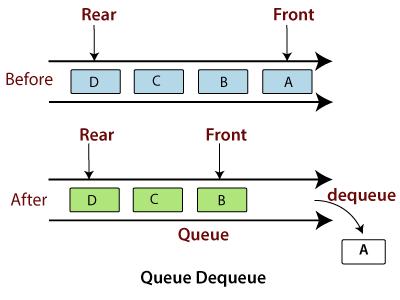
With all of this completed, the second Lambda function stops running until another CloudWatch Event trigger spins it up again at a later time. Then the data from SQS is structured appropriately and sent over to the APIs.Īfter the Lambda function sees a successful 200 response from the APIs it can safely go back to the SQS and delete the processed message. Then, the Lambda function prepares the data from SQS and sends requests to the external APIs. The Lambda function then uses the access keys to create clients to interact with the external services. Instead, the keys are stored and encrypted securely in Parameter Store. The permissions the Lambda function has allow it to get these keys from the service and avoid having to store any keys in source control. Because this is a First-in-first-out queue it is guaranteed to be the message that was first put into the queue and hasn’t been deleted yet.Īfter the SQS message is retrieved, the Lambda Function also makes a call to the AWS Parameter Store to retrieve access keys.

It starts by accessing the SQS queue and retrieving the oldest message for processing. This function also has a role and policy associated with it in order to provide it permissions to access the required services. These CloudWatch Event Triggers are integrated with a second AWS Lambda function. In this case, we set up several cron triggers to schedule the processing of the SQS data at particular times. Whereas the cron trigger allows scheduling events at a particular time. The rate trigger can run every few minutes, hours, or days. These events are setup to trigger at various times using either a rate or cron trigger. In this case, the second half of the architecture starts with Amazon CloudWatch Events. When appropriate, this first portion of the architecture could be separated and the next portion could be replaced by any other consumer depending on the nature of the work to be performed. This queue stores the messages in the order they are received and guarantees that they are retried and processed in the same first-in-first-out order. The permissions associated with the Lambda function must also allow it to send messages to SQS. In this process it will create a JSON message payload to send to a existing Amazon Simple Queue Service (SQS) First-in-first-out (or FIFO) queue. The Lambda function will then be used to isolate newly inserted items and parse the data for only those new items. This requires us to create a Lambda function with the necessary permissions from an IAM role and policy to access DynamoDB streams.

This will allow us to process all the table changes and see whenever new records are added. Using DynamoDB Streams, we can set up an integration with AWS Lambda to look for and process newly added items. DynamoDB Streams will provide us with a real-time stream of all new, deleted, or updated items on the table.

In order to avoid using additional ready and write capacity on the table, we can use DynamoDB Streams to take action on any changes to the table. Here’s a high-level diagram of what I came up with:įirst, items are added to a DynamoDB table that gets written to and read from multiple different sources. I love not having to maintain things later so I decided to throw together a solution on top of managed AWS services. import, I needed to put together system that would take new DynamoDB table items, queue up JSON messages in first-in-first-out order, and trickle them out to a 3rd party API over time. Trimming of the underlying LinkedList occurs on the methods add,addAll and offer. This class does the job using composition instead of inheritance (other answers here) which removes the possibility of certain side-effects (as covered by Josh Bloch in Essential Java).


 0 kommentar(er)
0 kommentar(er)
